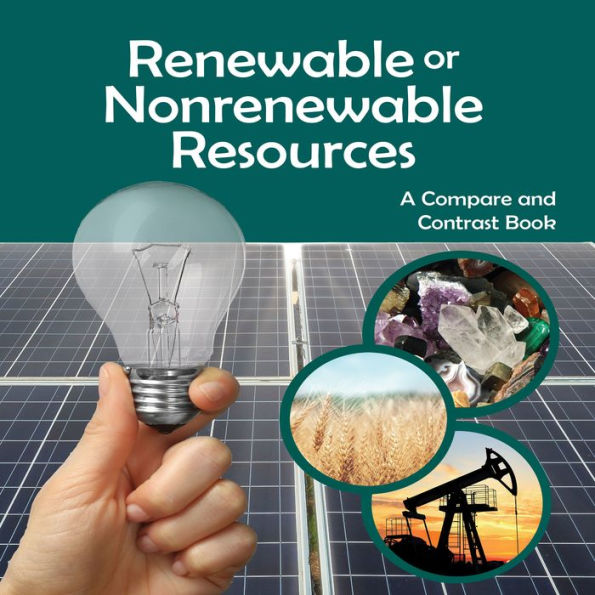2021-07-28
A primer on how select natural resources are classified.
In terse, impersonal prose paired to generic photos, “resources”—including fish, deer, farm animals, and trees along with the solar, water, geothermal, and wind quartet and fossil fuels—are first distinguished as renewable or not by the arbitrary criterion of whether they can replace themselves within a human lifetime. The anonymous author or authors go on to consider the advantages and disadvantages of each type but often not in depth. The discussion of agricultural products leaves out mention of GMOs, for instance; the point that not all plastics are recyclable goes unmade; and the tally of hazards related to coal mining misses air and ground pollution. The scope is catch as catch can too, as neither biomass nor atomic power make the cut as energy sources. The cogent if narrow-minded notion that through mismanagement or habitat destruction renewable “resources” (specifically fish, trees, and fresh water) can become at least locally nonrenewable does get a glance, and so does the elemental message that even renewable resources require conservation. Also, though the closing bibliography is directed at middle schoolers and up, the endmatter includes quizzes and discussion topics for younger students. Most of the humans caught in the photographs present White. Companion title Natural or Man-made? is likewise haphazard. Both titles release with simultaneous Spanish editions.
Though sketchy and dry, this may be of supplemental use in a classroom unit. (Nonfiction. 7-9)



